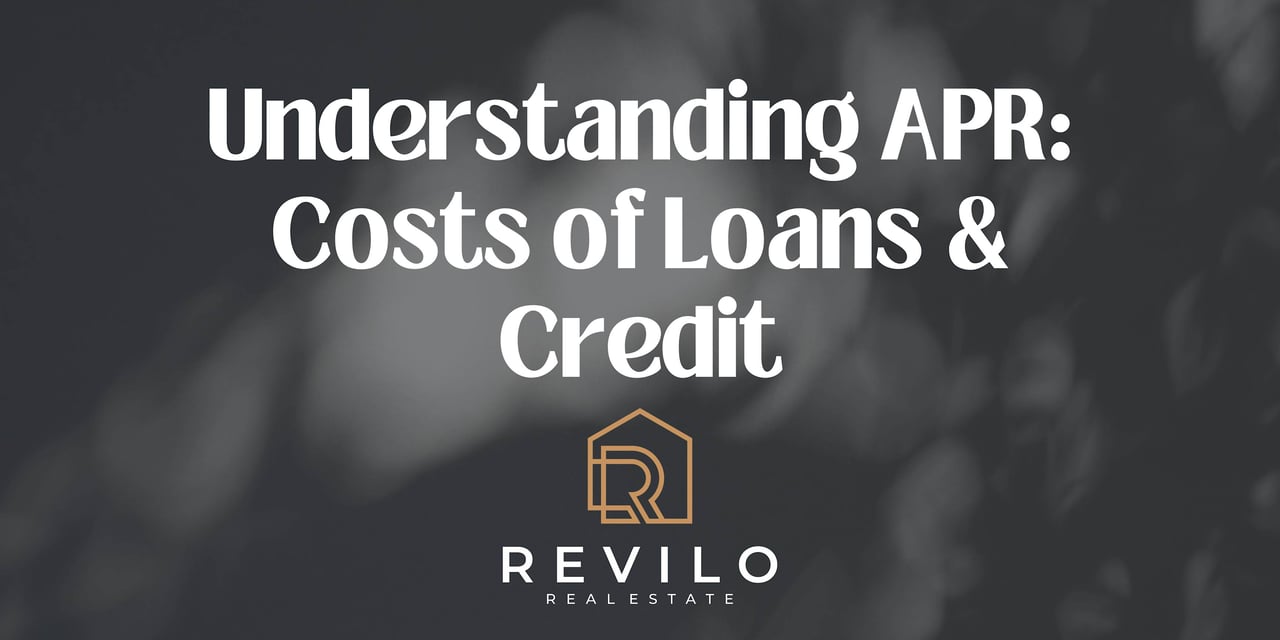Understanding APR: Costs of Loans & Credit
loans

loans

Annual Percentage Rate (APR) is a crucial concept when evaluating the true cost of loans and credit. It provides a standardized way to compare different loan offers by considering not just the interest rate but also other fees and costs associated with borrowing. Here’s a detailed breakdown of APR, its components, and how it impacts borrowers:
APR stands for Annual Percentage Rate. It reflects the total cost of borrowing on an annual basis, expressed as a percentage. APR includes not only the nominal interest rate (the rate charged for borrowing the principal) but also other costs and fees, such as:
There are different types of APR depending on the financial product:
For example, if two lenders offer a mortgage with the same interest rate, but one has higher fees, the loan with the higher fees will have a higher APR, making it more expensive overall.
The formula for calculating APR depends on the type of loan and the payment structure. For a simplified example of a fixed-rate loan:
APR=(Total Interest and FeesLoan Principal÷Number of Years)×100\text{APR} = \left( \frac{\text{Total Interest and Fees}}{\text{Loan Principal}} \div \text{Number of Years} \right) \times 100APR=(Loan PrincipalTotal Interest and Fees÷Number of Years)×100
Calculating APR manually can be complex, especially for credit cards and mortgages, as it may involve amortization tables, and precise methods depend on regulatory guidelines. Tools like online APR calculators can be useful for getting an accurate figure.
APR is an essential metric for comparing different loan and credit options. A lower APR typically means lower overall costs for the borrower. When choosing between loans, even if the nominal interest rates appear similar, APR can reveal hidden costs and give a clearer comparison.
When comparing loan options, always look at APR rather than just the interest rate. A loan with a lower APR will generally cost less over time, assuming all other factors are equal. However, it’s also important to consider the loan term, payment flexibility, and any other conditions that might impact the overall cost or your ability to repay.
Understanding APR helps consumers make informed decisions when choosing between credit cards, personal loans, mortgages, or any other financial product. By comparing APRs, borrowers can identify the true cost of each option, leading to more effective financial planning and savings over the life of a loan.






real estate

real estate

homes
Local Houston Realtor

homes
We pride ourselves in providing personalized solutions that bring our clients closer to their dream properties and enhance their long-term wealth.